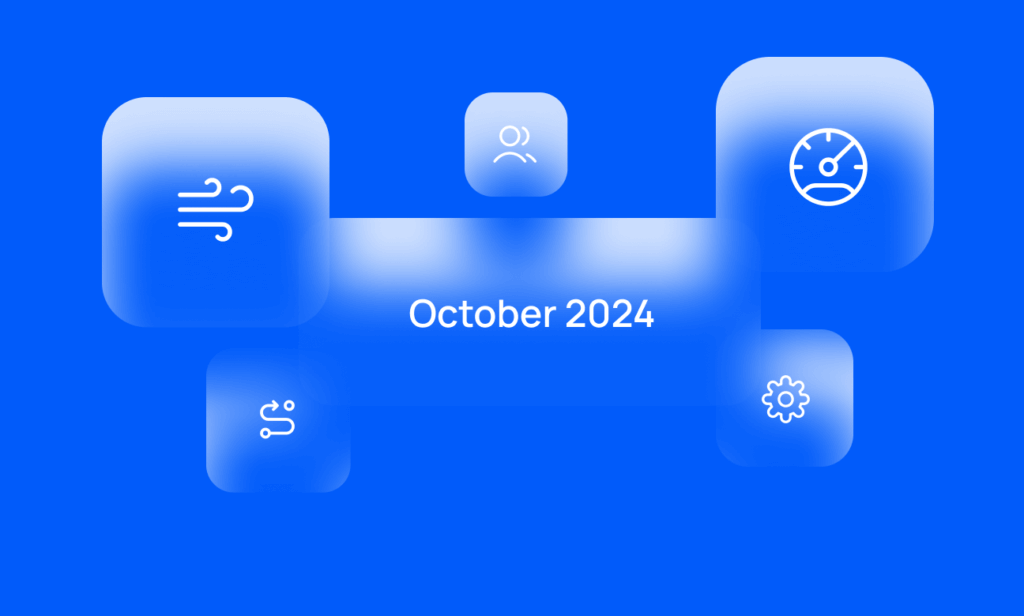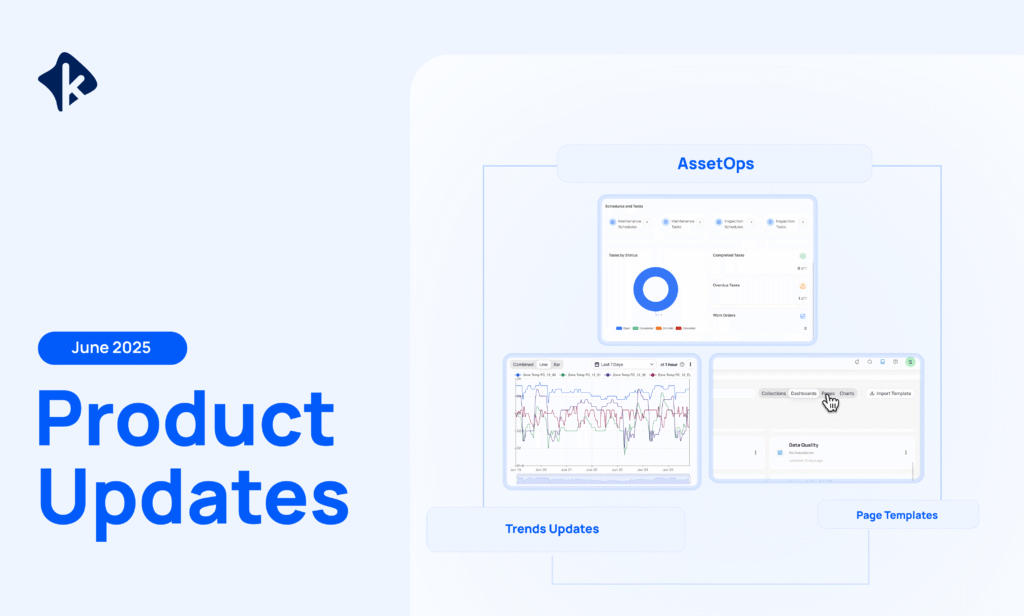By KODE Team
On this page
Sign up to our newsletter
Subscribe to receive the latest blog posts to your inbox every week.
By subscribing you agree to with our Privacy Policy.
October welcomed 7 new integrations to the API library, enhancing capabilities across various building management functions. These integrations include solutions for work order management, EV charging, CCTV monitoring, metering, building management systems (BMS), and indoor air quality (IAQ) and occupancy. The latest additions aim to provide clients with more seamless, automated, and comprehensive management options for optimizing building performance.

Impak
Impak is a simple Work Order management solution that helps clients move from reactive to a preventive maintenance approach. It supports tenant request management, preventive maintenance, and inspection work orders. Its’ unique capabilities lie in enabling automatic dispatching.
What can it do?
- Reading and write Work Order data.
- Automate generation of Work Order tickets based on event notification policies.
Eevion by Hypercharge
Eevion is an EV charging solution that is seamlessly integrated into your existing building management systems for comprehensive facility oversight. The API offers a robust set of features that enable developers to manage EV charging stations, monitor charging sessions, and facilitate payments, all through a unified interface.
What can it do?
- Session Tracking – Tracking start and end times, duration, and energy consumed for each session.
- Financial Calculations – Calculating the total cost, cost before taxes, and detailed financial breakdowns for each session.
- Device Information – Information about the charging device or port used in the session.
- Geolocation and Timezone – Information about the location and timezone of the charging session.
- Loitering Management – Managing loitering status, duration, and applicable fees.
- Demand Response – Status of demand response events during the charging session.
- Percentage Filled and Start Time – The percentage the car was filled at and the time it started.
Axis
Axis API enables KODE to read the CCTV devices and understand the status of their connectivity. By bringing this information and the camera feeds, it enables the clients to understand the performance of these devices and their security teams real-time visibility into building.
What can it do?
- Enabling visibility into each camera feed.
- Getting camera alarms and notifications.
Pagi
PAGI is a local metering provider in Canada offering the PAGI-e API which provides access to real-time and historical metering information. This API provides visibility to energy, water, and gas usage data, enabling efficient monitoring and management of utility consumption.
What can it do?
- Monitor equipment performance.
- Collect real time and historical data on a per floor and meter basis:
- Electricity consumption (kWh)
- Gas usage data
- Water usage data
Accuenergy
The Accuenergy API provides integration capabilities for energy management systems, allowing access to real-time data from power meters, submeters, and communication devices. It supports functions such as monitoring energy consumption, accessing power quality data, and managing multiple circuits, making it ideal for both commercial and industrial applications.
What can it do?
- Read data in real-time from power meters, submeters and communication devices.
- Real-time energy monitoring.
- Historical data reporting.
- Current demand monitoring.
- Reactive power monitoring.
Novant
Novant is a platform designed to enhance and streamline the management of smart buildings. It serves as a digital foundation, enabling the integration of various building systems such as HVAC, metering, occupancy, and lighting into a unified and automated environment.
What can it do?
- Read and write HVAC points.
- Read and write Lighting points.
- Read metering data.
- Trend and multi-trend points.
Milesight
Milesight offers reliable air quality sensors and occupancy sensors. Air quality sensors measure different variables such as temperature, humidity, CO2 levels, barometric pressure, light, TVOC, PM2.5&PM10. Occupancy sensors offer multi-zone occupancy, bi-directional people counting, regional people counting as well as dwell time detection.
What can it do?
- Comprehensive Environmental Monitoring – Monitor and adjust building systems based on a combination of key environmental factors to maintain optimal indoor conditions.
- Temperature Control – Adjust HVAC system based on indoor temperature readings to maintain optimal comfort levels.
- Air Quality Monitoring – Monitor overall air quality by tracking CO2, VOC, and particulate matter levels, and activate air purifiers if necessary.
- Traffic Flow Analysis – Analyze the flow of people entering and exiting to optimize building layout and manage peak traffic times.
- Capacity Management – Monitor and control the number of people in a given space to ensure it does not exceed safe capacity limits.




